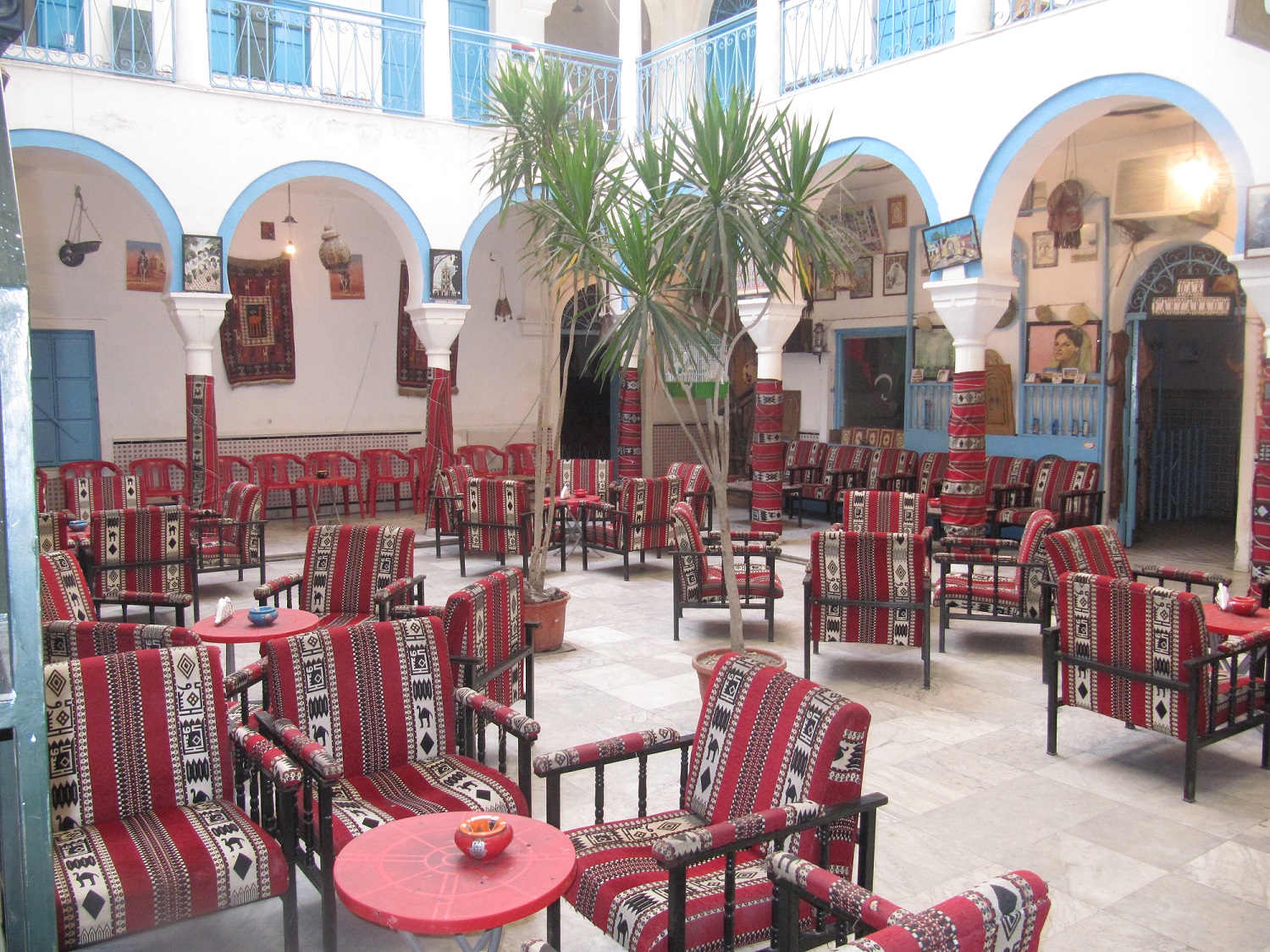Tripoli Old City Tour
Tripoli’s old medina is extremely well preserved. With our Tripoli Old City Tour you will explore narrow whitewashed streets and old souks with diversified arts, crafts, fabrics and jewellery for sale. the architecture is attractive and also to be admired. The principal entrance is on Green Square, leading to the 19th century Ottoman clock tower, and various souks. The main drag is Sharia Jamaa ad-Draghut, with the Mosque of Draghut, which leads to the Roman Arch of Marcus Aurelius.


List of places you will see during the Tripoli Old City Tour:
Dar Yusuf Al Karamanli
The Yusuf Karamanli house, a grand medina house built around a central courtyard with colourful Turkish tile-work, gives an insight into how wealthy people lived here 200 years ago. The rooms hold displays of traditional dress, period furniture, musical instruments and household objects.
Arch Marcus Aurelius
The only standing reminder of Roman Oea is the Arch of Marcus Aurelius, erected in AD163. The triumphal arch was excavated to the original ground level, which suggests that most of Oea lies buried under the medina. The city’s two main deities Apollo and Minerva are clearly visible on the gateway, and by the side are some carved blocks from a nearby Roman temple.


Sarraya Al Hamra (Red Castle)
Built in the 16th century on the site of a Roman castrum (fortified camp) by the Spaniards and the Knights of St John of Malta, the Red Castle was the official residence of the Turkish governors. Part of the complex is the Jamahiriya Museum and offices, but visitors can stroll through the intricate network of alleys and courtyards within the castle.


Gurgi Mosque
The most elegant in Tripoli, and the last Ottoman mosque to be built in Libya, is the Gurgi Mosque, built by Yusuf Gurgi in 1833. The interior has exquisite Turkish-style tile-work, Italian marble columns and Moroccan carved stucco.


The Old Consulates
The Old French Consulate near the Arch of Marcus Aurelius is in a restored 17th-century building with a central courtyard. Around the corner, on Sharia Hara Kebir, is the Old British Consulate behind the Gurgi Mosque, in a fine 18th-century house that was built for the ruling Karamanli family and used by the British consul until the 1940s. The roof terrace has great views across the medina to the modern harbour.

National museum
This is Libya’s largest museum, with a fine collection of artefacts chronologically arranged from the Neolithic period up to the present. Highlights include the fine reproductions of Saharan rock art from the Acacus Mountains, and superb Roman sculptures and mosaics from Leptis Magna.


Note:
Check in at the location at least 15 minutes before departure time.
If you have a business visa, we need a copy of the invitation letter.
Bring also a copy of your passport.
Tour is operated in English and runs in all weather.
Insurance not included, has to be covered by client.
Itinerary, price and times are preliminary and can be adjust when its necessary.
Prices depend on the day currency and are subject to change. We can’t be held responsible.
-
DepartureIn front of the main entrance old city
-
Departure Time9.00
-
Return Time17.00
-
IncludedEntrance fees.Private English speaking guide.
-
Not IncludedInsuranceTransport


